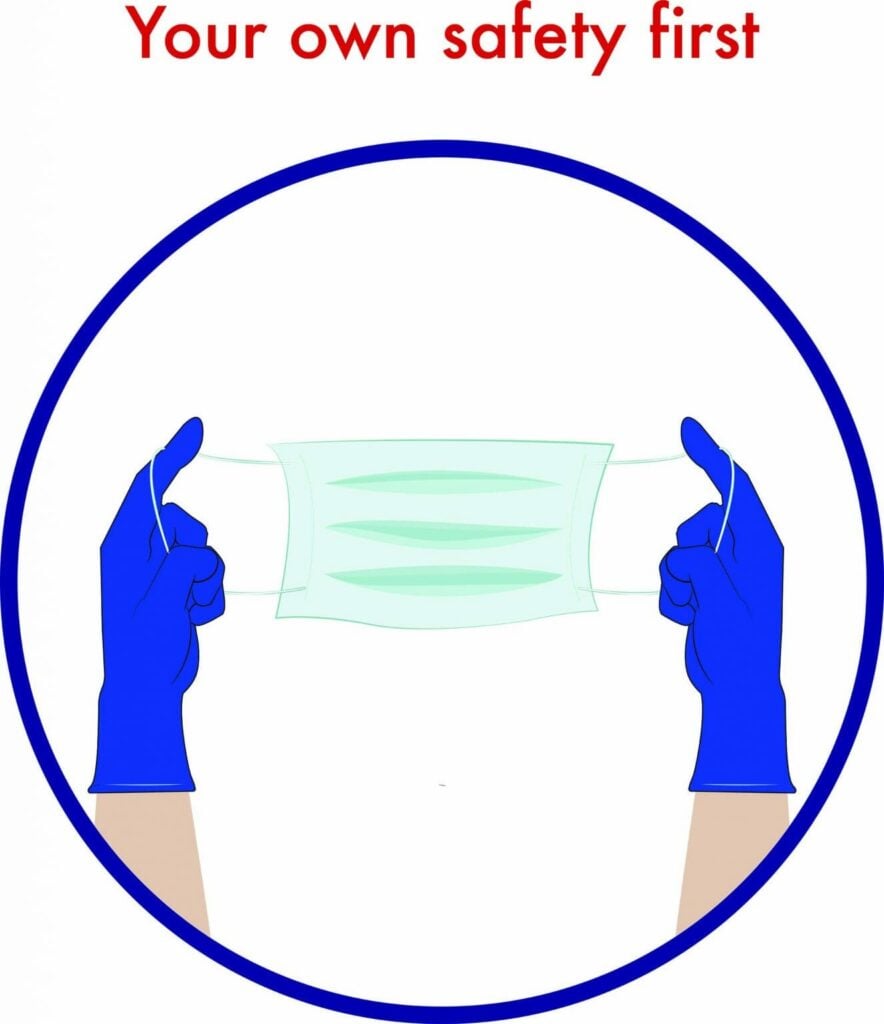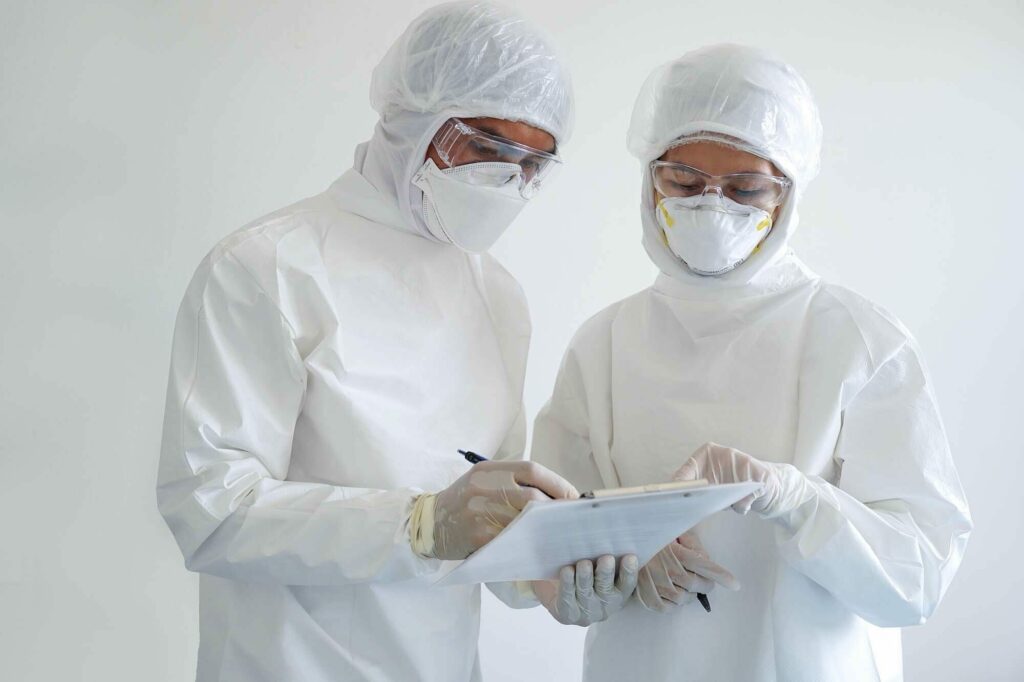
Last Updated On: mayo 30, 2024
In an attempt to reduce provider exposure to COVID-19, Interim Guidance for CPR of suspected or confirmed COVID-19 patients has now released.
American Health Association in collaboration with the American Academy of Pediatrics, American Society of Anesthesiologists, American Association for Respiratory Care, The Society of Critical Care Anesthesiologists and American College of Emergency Physicians published “Interim Guidance for Basic and Advanced Life Support in Adults, Children, and Neonates with suspected or confirmed COVID-19.” American Association of Critical-Care Nurses and the National Association of EMS Physicians also support the statement.
These were amongst the primary changes for CPR (2020 CPR Updates – Interim Guidance for CPR):
These updates were released particularly to provide an extra layer of protection for healthcare providers during COVID-19. Many nurses, doctors, etc. are required to work in close proximity to each other, and patients may be COVID-19 positive.
Update your knowledge on responding to medical emergencies. With increased social distancing and working from home, there is a higher risk for at-home emergencies. It is best to familiarize yourself with basic CPR methods and learn how to perform critical CPR chest compressions.
More bystanders may be hesitant to respond because of the fear of transmission of COVD-19, so you should prepare yourselves so you can respond and support your own family members in the most crucial of times.
American CPR Care Association has taken proactive measures to implement the new CPR guidelines within their CPR training course. You can learn more about these updates, refresh your knowledge in CPR and First Aid, and complete your First Aid training, or get your CPR certification at CPRCare.com.


